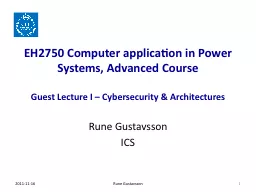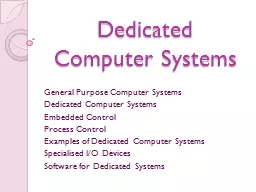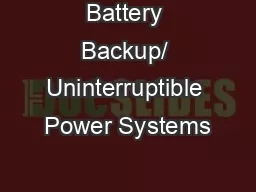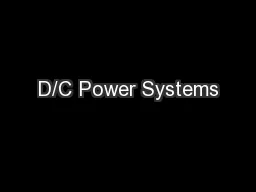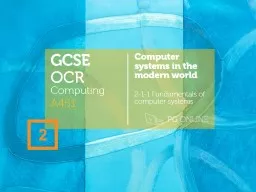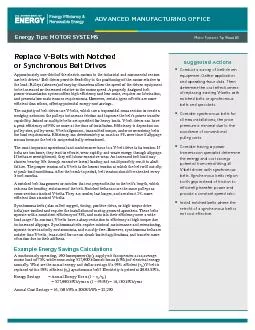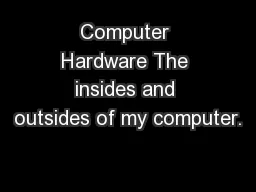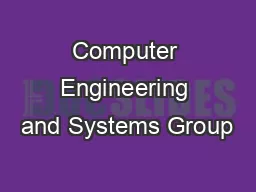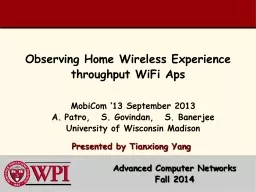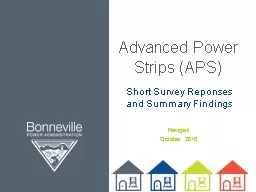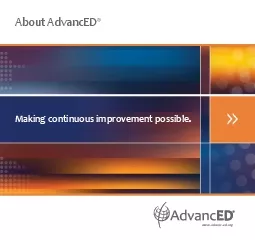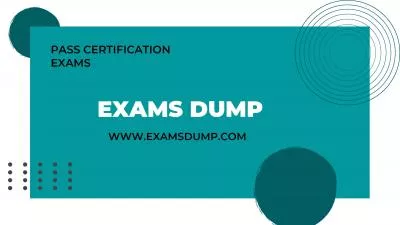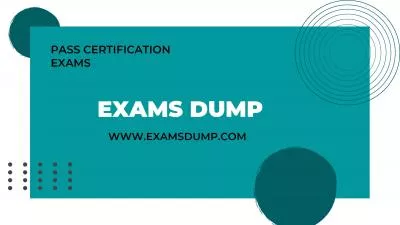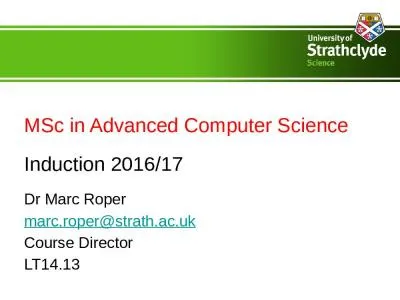PPT-EH2750 Computer application in Power Systems, Advanced
Author : chaptoe | Published Date : 2020-06-30
Course Guest Lecture I Cybersecurity amp Architectures Rune Gustavsson ICS 20111116 1 Rune Gustavsson Overview Setting the scene Important time dependencies
Presentation Embed Code
Download Presentation
Download Presentation The PPT/PDF document "EH2750 Computer application in Power Sys..." is the property of its rightful owner. Permission is granted to download and print the materials on this website for personal, non-commercial use only, and to display it on your personal computer provided you do not modify the materials and that you retain all copyright notices contained in the materials. By downloading content from our website, you accept the terms of this agreement.
EH2750 Computer application in Power Systems, Advanced: Transcript
Download Rules Of Document
"EH2750 Computer application in Power Systems, Advanced"The content belongs to its owner. You may download and print it for personal use, without modification, and keep all copyright notices. By downloading, you agree to these terms.
Related Documents

